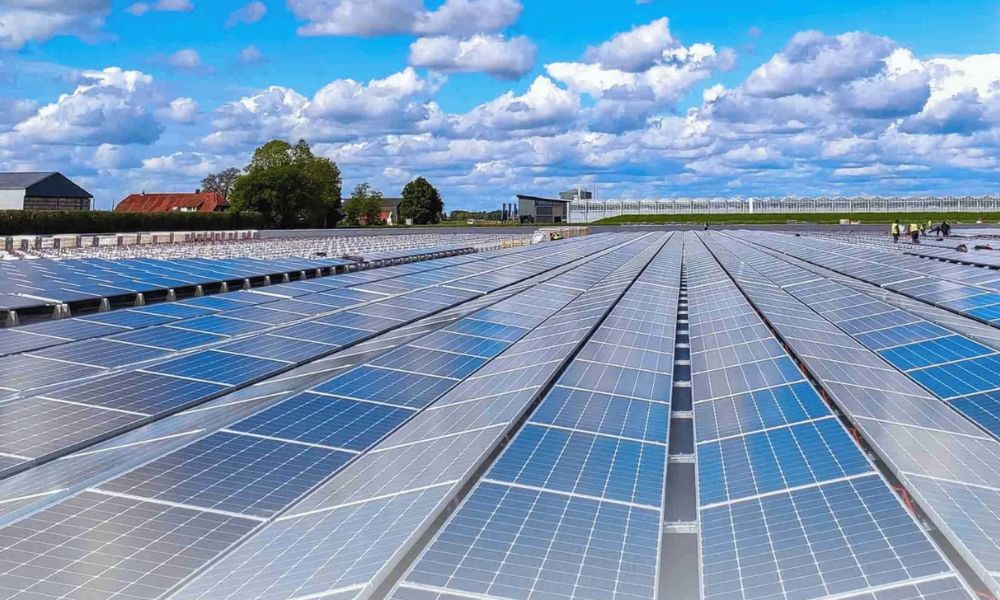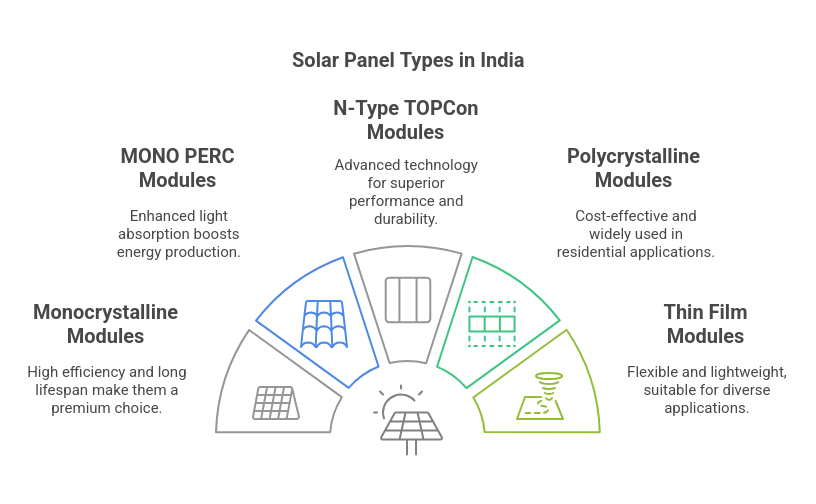Humanity has always been fascinated by the sun, which is an infinite source of energy. Its radiating beams have been used for ages, ranging from rudimentary solar-powered heating devices to more advanced photovoltaic (PV) cells that turn sunlight into energy. However, new advances in solar cell technology are set to transform how we use solar energy, making it more efficient, economical, and accessible than ever before. Hartek Group, is a beacon of excellence in the solar energy field and we specialize in designing, engineering, and installing rooftop solar systems using high-efficiency solar panels.
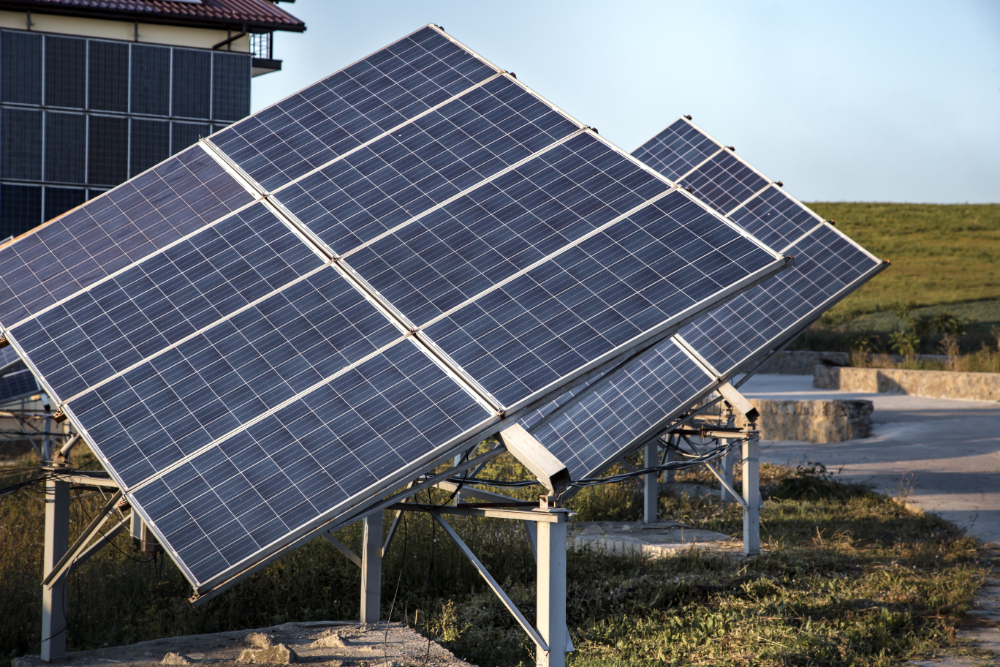
Factors influencing Solar Panel Efficiency
Several variables influence the solar panel efficiency, including:
- Cell Technology:
The kind of solar cells employed in a panel has a major influence on its efficiency. Monocrystalline silicon cells are often more efficient than polycrystalline silicon cells because of their greater purity and superior light absorption capabilities. Polycrystalline silicon cells, on the other hand, are composed of numerous silicon crystals, which might introduce flaws and decrease efficiency. - Cell Design:
The effectiveness of solar cells may be influenced by their design. PERC cells feature a passivated back surface, which minimizes electron recombination, resulting in increased efficiency. Bifacial cells are intended to collect sunlight from both the front and rear, resulting in increased energy generation. - Manufacturing Processes:
Advanced manufacturing procedures may increase solar panel efficiency by decreasing flaws and increasing material quality. For example, using high-purity silicon and precision manufacturing procedures may help reduce energy losses inside solar cells.
Types of Solar Panels
1. Monocrystalline Silicon Panels:
These types of panels are built from a single silicon crystal, which means they are more efficient and perform better in low-light circumstances. Monocrystalline silicon panels are more costly than polycrystalline silicon panels, but they produce more energy.
2. Polycrystalline Silicon Panels:
These are made up of many silicon crystals, making them less efficient but more inexpensive. Because of their low cost and high efficiency, polycrystalline silicon panels are a popular alternative for both residential and commercial applications.
3. Thin-Film Panels:
These types of solar panels are constructed of a thin layer of semiconductor material, which provides flexibility and the possibility for cheaper production costs. Thin-film panels, such as cadmium telluride (CdTe) and copper indium gallium selenide (CIGS), are becoming more popular owing to their cheap material prices and potential for large-scale manufacture.
4. N-type TOPCon Solar Modules:
N-Type TOPCon solar modules are a breakthrough in solar panel technology. They are distinguished by the use of N-Type (negative-type) silicon and TOPCon (Tunnel Oxide Passivated Contact) technology. Unlike ordinary solar cells, which employ P-Type (positive-type) silicon, N-Type TOPCon modules have numerous significant benefits.
5. MONO-PERC Modules:
MONO PERC modules offer a big step forward in solar panel technology, using Passivated Emitter and Rear Cell (PERC) innovation. PERC technology adds an extra layer to the back side of a solar cell to improve light absorption and energy conversion efficiency. One of the key benefits of MONO PERC modules is increased efficiency. It is accomplished by increased light capture and less electron recombination.
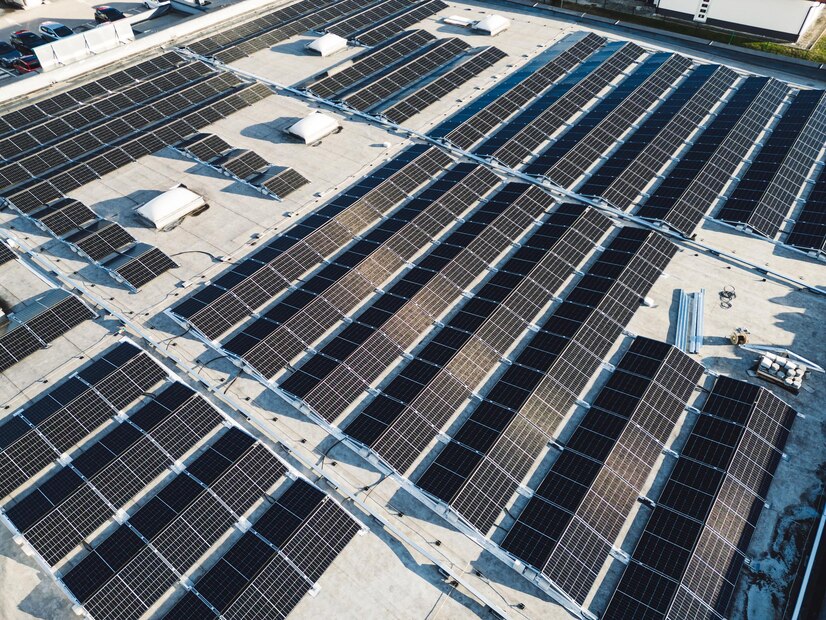
Recent Developments in High Efficiency Solar Cells
Researchers are always working on creating new and better solar panel energy efficiency. Some recent advances include:
- Tandem Solar Cells:
Tandem solar cells have better efficiency than single-junction cells, but they are more difficult to build. Tandem cells can absorb an extra 60% of solar energy. This implies that fewer panels are required to generate the same amount of electricity, which lowers installation costs and the amount of land (or roof area) necessary for solar farms. - Perovskite Solar Cells:
These offers considerable potential in terms of efficiency and cost-effectiveness. They have achieved unprecedented efficiency and have the potential to become a key participant in the solar energy industry. - Concentrating Solar Power (CSP):
CSP systems employ mirrors or lenses to focus sunlight onto a receiver, resulting in high temperatures and the production of steam or other kinds of energy. While not technically a solar cell technology, CSP systems may be integrated with high-efficiency solar panels to increase total energy output.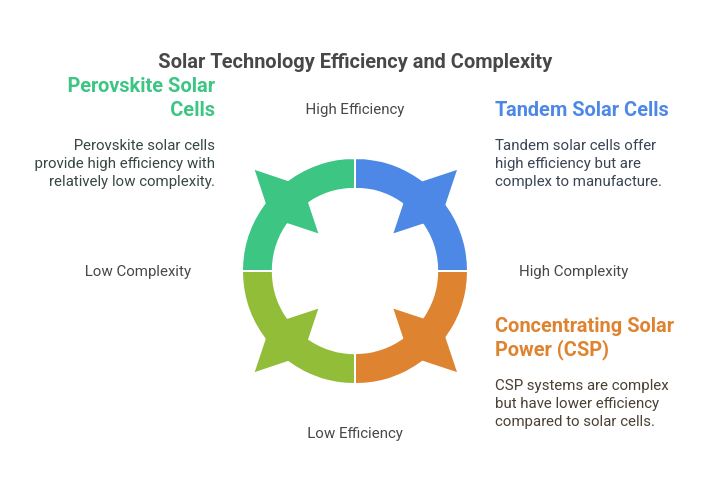
How Hartek Group is Supercharging Solar Energy
- We are developing a 300 MW Solar EPC project valued at approximately Rs. 500 Crore for a major IPP.
- Hartek powers 10GW solar to grid, looking to achieve Rs 10,000 cr sales by 2030
- We are one of India’s top 3 rooftop solar installers.
- We have been developing floating solar projects like NTPC Floating Solar Plant Ramagundam, Kayamkulam, Rihand Dam, Golden Template, Simhadri and more.
The development of high-efficiency solar cells is an important step towards achieving a sustainable and clean energy future. Hartek Group’s contributions to this sector have helped to accelerate the use of solar energy and drive the transition to a greener world.
Conclusion
The development of high-efficiency solar cells is an important step towards a sustainable and clean energy future. Hartek Group’s contributions to this sector have helped to accelerate the use of solar energy and drive the transition to a greener world.
Hartek Group has emerged as a market leader in the solar sector, providing turnkey solutions for industrial and commercial solar projects. With our constant innovations, we are contributing to India’s becoming a leader in renewable energy production. Our efforts have not only helped to cut carbon emissions but have also offered a sustainable and dependable supply of energy for companies and industries around the nation.
FAQ’s about High-Efficiency Solar Cells:-
1. What makes Hartek Group a leader in solar energy?
Hartek Group is renowned for its innovative solar solutions, including rooftop and floating solar installations, powering over 10 GW of solar to the grid.
2. What are the benefits of high-efficiency solar panels?
High-efficiency solar panels generate more electricity in less space, reducing installation costs and improving energy output, making solar power more viable.
3. What types of solar panels does Hartek Group offer?
Hartek Group offers Monocrystalline, Polycrystalline, Thin-Film, N-Type TOPCon, and MONO-PERC solar modules to suit diverse energy needs.
4. How is Hartek Group contributing to India’s solar growth?
Hartek Group develops large-scale solar EPC projects, including rooftop and floating solar plants, boosting India’s renewable energy capacity.
5. What are the latest trends in solar energy technology?
Recent trends include tandem solar cells, perovskite cells, and CSP systems, enhancing solar panel efficiency and reducing costs.


